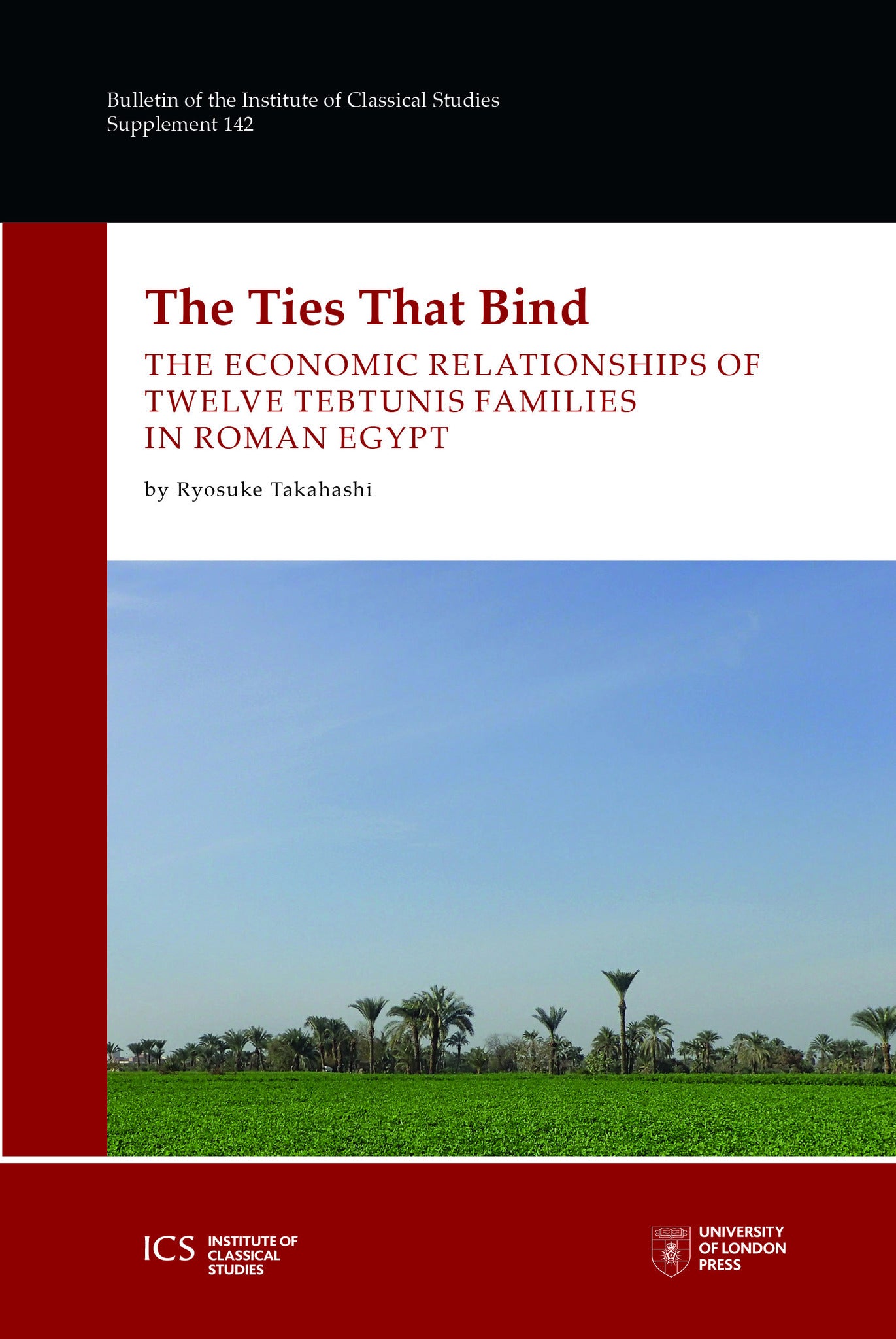We're sorry. An error has occurred
Please cancel or retry.
The Ties That Bind

Some error occured while loading the Quick View. Please close the Quick View and try reloading the page.
Couldn't load pickup availability
- Format:
-
06 September 2021

Tebtunis, an ancient village formerly located in lower Egypt, is one of the most enduring subjects of study from the civilization’s Roman era. This fascinating volume details a dozen family papers that have survived from the second century AD. Belonging to the families of various different classes, this unique documentation provides a rare opportunity to explore how local elites under Roman rule exploited their wealth in the countryside and interacted with its rural inhabitants.
The Ties That Bind is the first book to investigate these family papers holistically, focusing on the economic activities in which the families engaged: land leases, loans in cash and kind, and the employment of managers and laborers on landed estates. This study also addresses strategy and decision-making among both elite families and villagers, the complexity of interfamilial relationships, and the implications of this social networking. This micro-historical study elucidates the diversity of socio-economic life in a village where no single family dominated.

ART / History / Ancient & Classical, Ancient, classical and medieval texts, PHILOSOPHY / History & Surveys / Ancient & Classical, HISTORY / Africa / North, HISTORY / Ancient / Egypt, Literary studies: ancient, classical and medieval, Archaeology, Archaeological sites, Ancient Greek and Roman literature

1. Introduction 2. Families in second-century Tebtunis 3. Land leases 4. Loans in cash and kind 5. Managers and labourers 6. Conclusion



